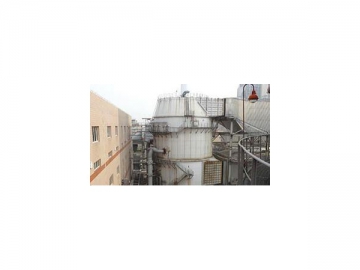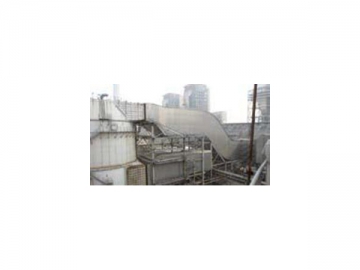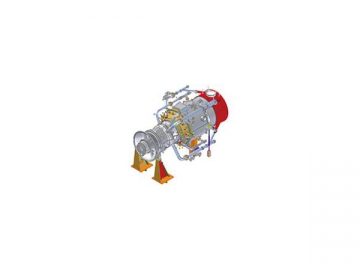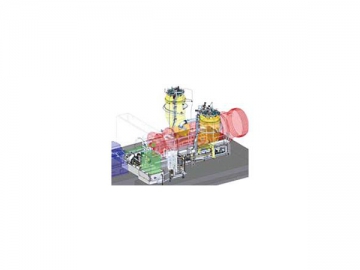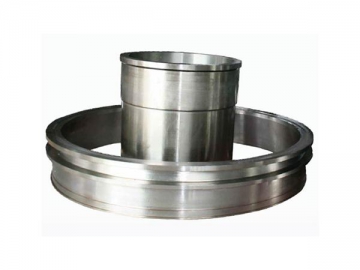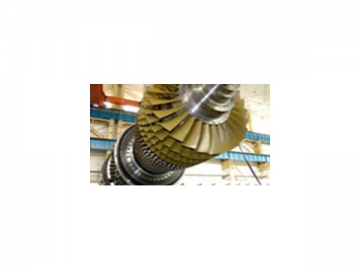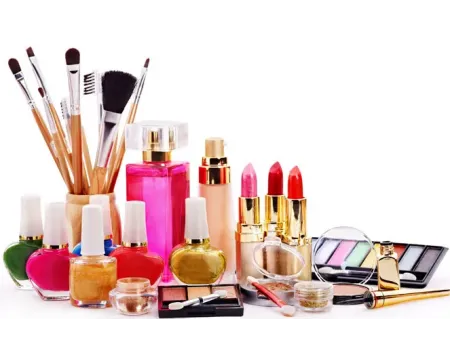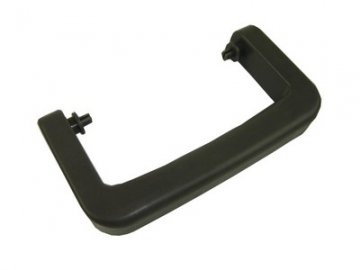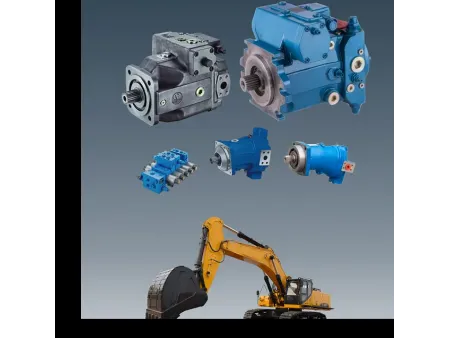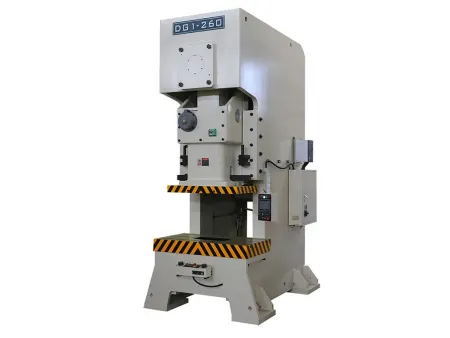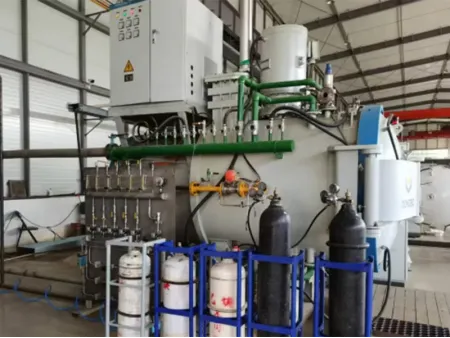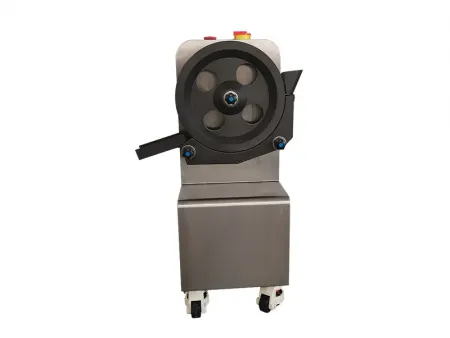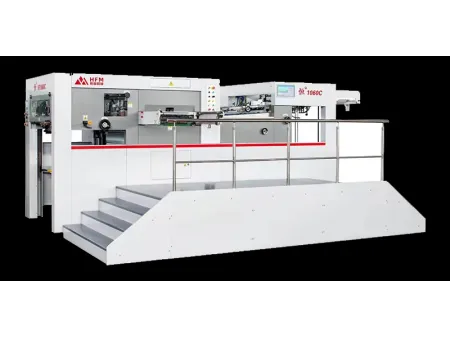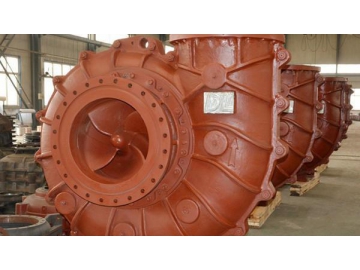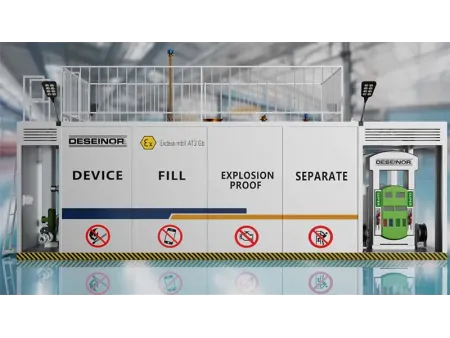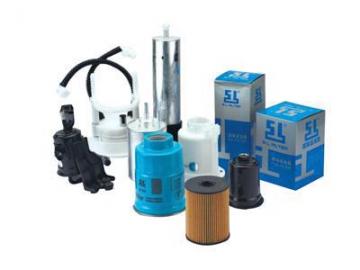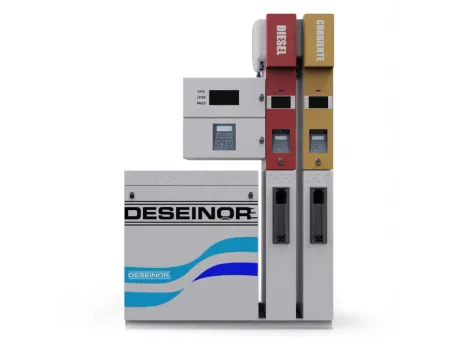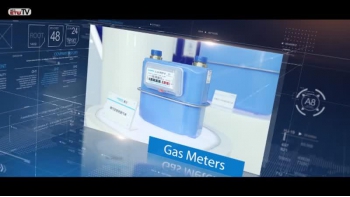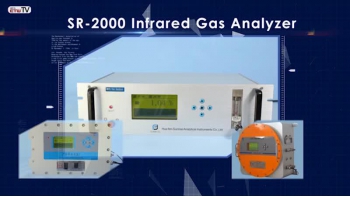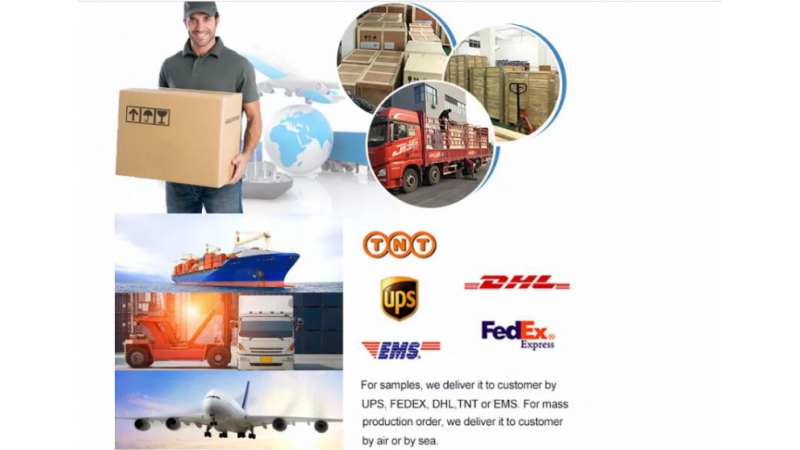Fuel Gas Desulfurization Solution
Based on our long-term background of professional manufacturer of power stations' equipment, we are able to design better FGD system with simpler structures and more reliable quality by combining systems on the downstream and upper stream of FGD and according to different fuel types. With full consideration of flue gas volume and design conditions, the flue gas treatment system may be optimized to minimize the construction and operation costs.
At present, our main desulfurization technologies include limestone-gypsum method, magnesium method, ammonia method, sodium method, sea water method. Our demonstrated experiences include projects with capacity ranging from 50 MW to 1000 MW of a single unit.
Overview and Features of Limestone-Gypsum Method
The limestone-gypsum method is a desulfurization technology that is most widely applied in the world at present. In this technology, the gypsum slurry in the absorption tower may desulfurize the flue gas and remove dust from it. At the bottom of the absorption tower, the desulfurized gypsum slurry reacts with oxygen supplied. The slurry from the absorption tower is dewatered to below 10% of water content by the gypsum dewatering machine, and then the gypsum is separated. Meanwhile, some filtering liquid is recycled for reutilization.
Features: Cheap absorbent, by-product gypsum recoverable.
Overview and Features of Magnesium Method
In the absorption tower, the magnesium hydroxide slurry is able to desulfurize the flue gas and able to remove the dust of the flue gas. At the bottom of the absorption tower, the desulfurized slurry reacts with supplied oxygen. The filter separator separates the suspended solid from the slurry coming from the absorbing tower and discharges the waste water.
Features: Simple technology of desulphurization, low cost of equipment
Overview and Features of Ammonia Method
In the absorption tower, the ammonia-laden slurry is able to desulfurize the flue gas and able to remove the dust of the flue gas. At the bottom of the absorption tower, the desulfurized slurry reacts with oxygen supplied. After the slurry coming from the absorption tower is separated from suspended substance with filter separator, it is introduced into the crystallizer, with ammonium sulphate crystal grain precipitated after crystallizing and drying. The ammonium sulphate may be recovered as fertilizer.
Features: The byproduct i.e. ammonium sulphate may be recovered as fertilizer.
Overview and Features of Sodium Method
In the absorption tower, the sodium hydroxide slurry is able to desulfurize the flue gas and able to remove the dust of the flue gas. At the bottom of the absorption tower, the desulfurized slurry reacts with oxygen supplied. The filter separator separates the suspended solid from the slurry coming from the absorbing tower and discharges the waste water.
Features: High efficiency of desulfurization, simple process system
Overview and Features of Sea Water Method
The sea water in the absorption tower removes the dust in the flue gas. And, the alkaline matters such as HCO-3 etc. in the sea water desulfurize the flue gas. After desulphurization, the sea water is oxidized and neutralized in the aeration tank with pH and DO restoring, and then discharged into sea.
Features: Simple process system, low operating costs

